Making ad monetization in mobile games easier with AppQuantum
- Monday, July 18th, 2022
- Share this article:
Mikhail Matveev, Junior Ad Monetization Manager (left) and Darya Nikutkina, Ad Monetization Lead, at AppQuantum, offer advice on monetising mobile games.
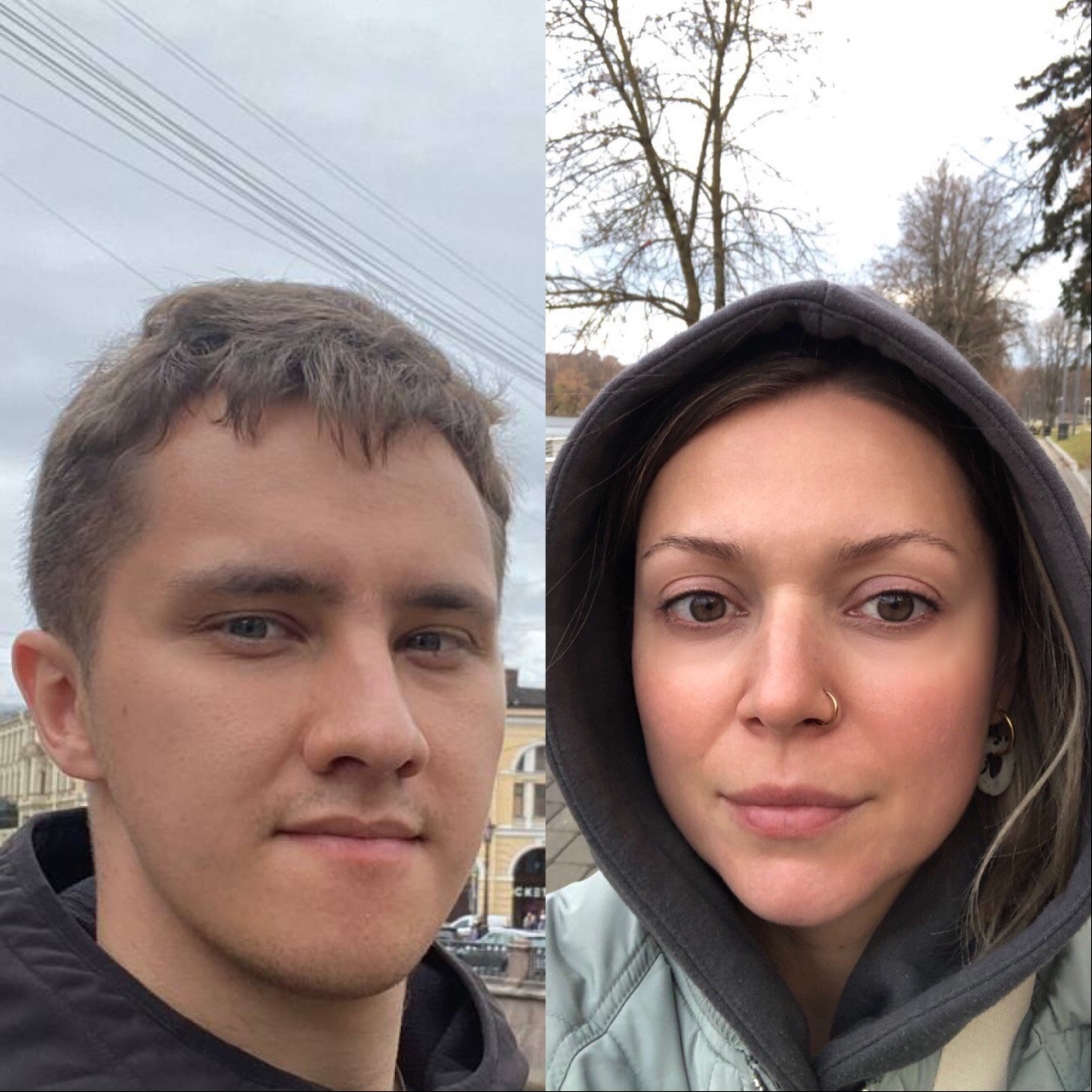
What is mediation? You can easily find a definition online in a couple of minutes. However, it’s a lot harder to find information about audience segmentation, how to work with hybrid waterfalls and how to conduct proper A/B testing. AppQuantum’s mediation team is here to tell you what to watch out for in mobile games ad monetisation, and how to compete with bidding networks.
How does ad monetisation work at AppQuantum?
The need for ad monetisation managers first appeared on the market due to the spread of advertising networks that were focused on various countries, along with the presence of a large amount of traffic for those countries for the same given game. Thus, the inefficiency of mediation platforms’ automated control opened up new opportunities and tasks for ad monetisation managers. They had to sell impressions at beneficial prices, thus increasing the game’s revenue. This model is fairly simple, if you don’t pay attention to the huge number of details.
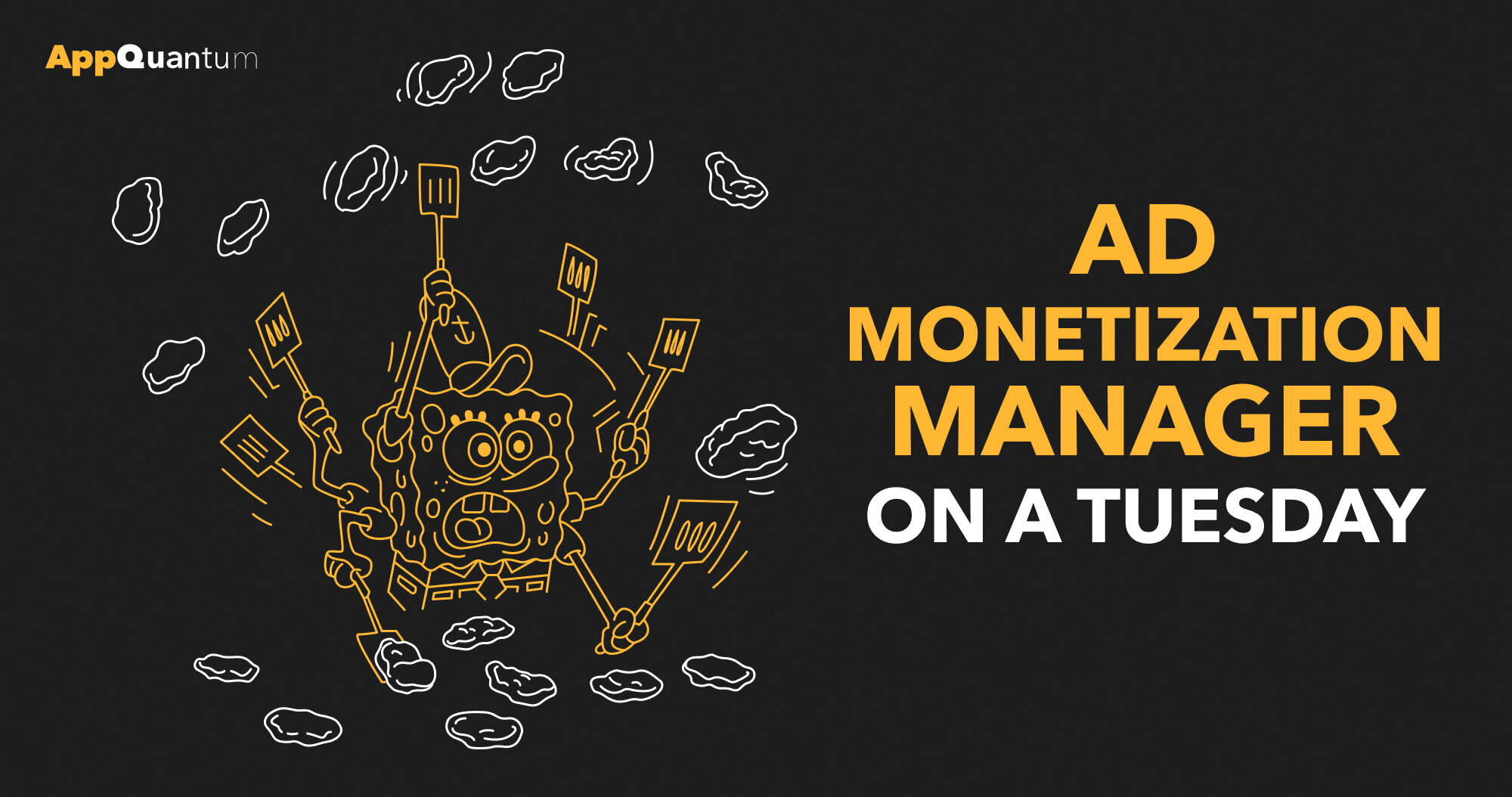 Currently, mediation departments have to create such waterfalls (sets of ad networks where those are asked, in turn, for suitable ads availability), that will be able to sell impressions at the highest price, even with the wide variety of ad networks. Plus, you need to think, which users to offer to which network. And you also shouldn’t forget to monitor the market situation, conduct regular A/B testing, and segment your audience… So what does an ad monetisation manager have to know and do in order to bring in large revenues?
Currently, mediation departments have to create such waterfalls (sets of ad networks where those are asked, in turn, for suitable ads availability), that will be able to sell impressions at the highest price, even with the wide variety of ad networks. Plus, you need to think, which users to offer to which network. And you also shouldn’t forget to monitor the market situation, conduct regular A/B testing, and segment your audience… So what does an ad monetisation manager have to know and do in order to bring in large revenues?
A lot of our ad monetisation managers know how to work with databases and, of course, know what SQL is. But that’s not enough. On top of knowing maths and how to Google – a very underrated skill, by the way – an ad monetisation manager, in our opinion, has to have at least one programming language in their toolkit, most commonly Python. Yes, you don’t need it to create waterfalls, but with it, a good manager can automate the larger processes and lower the risk of human error. While building our team, we searched for technologically-minded and similarly-educated people. This proved to be the right choice.
For instance, using Python, our mediation team developed an internal service called Wild Opsm, which created a convenient visual representation of the waterfalls and now helps us conduct A/B testing: monitoring the process, gathering information about completed tests and initiating new ones. At the time of writing, Wild Opsm is in active development. The team works to improve it every day, and adjusts the functionality to its requests.
In addition to strong competition on the market, mediation has run into another problem. With time, more bidding networks began to emerge. Those started offering prices per user themselves, which led, eventually, to hybrid waterfalls. Advertisers like this system, as it frees them from limitations set by ad monetisation managers.
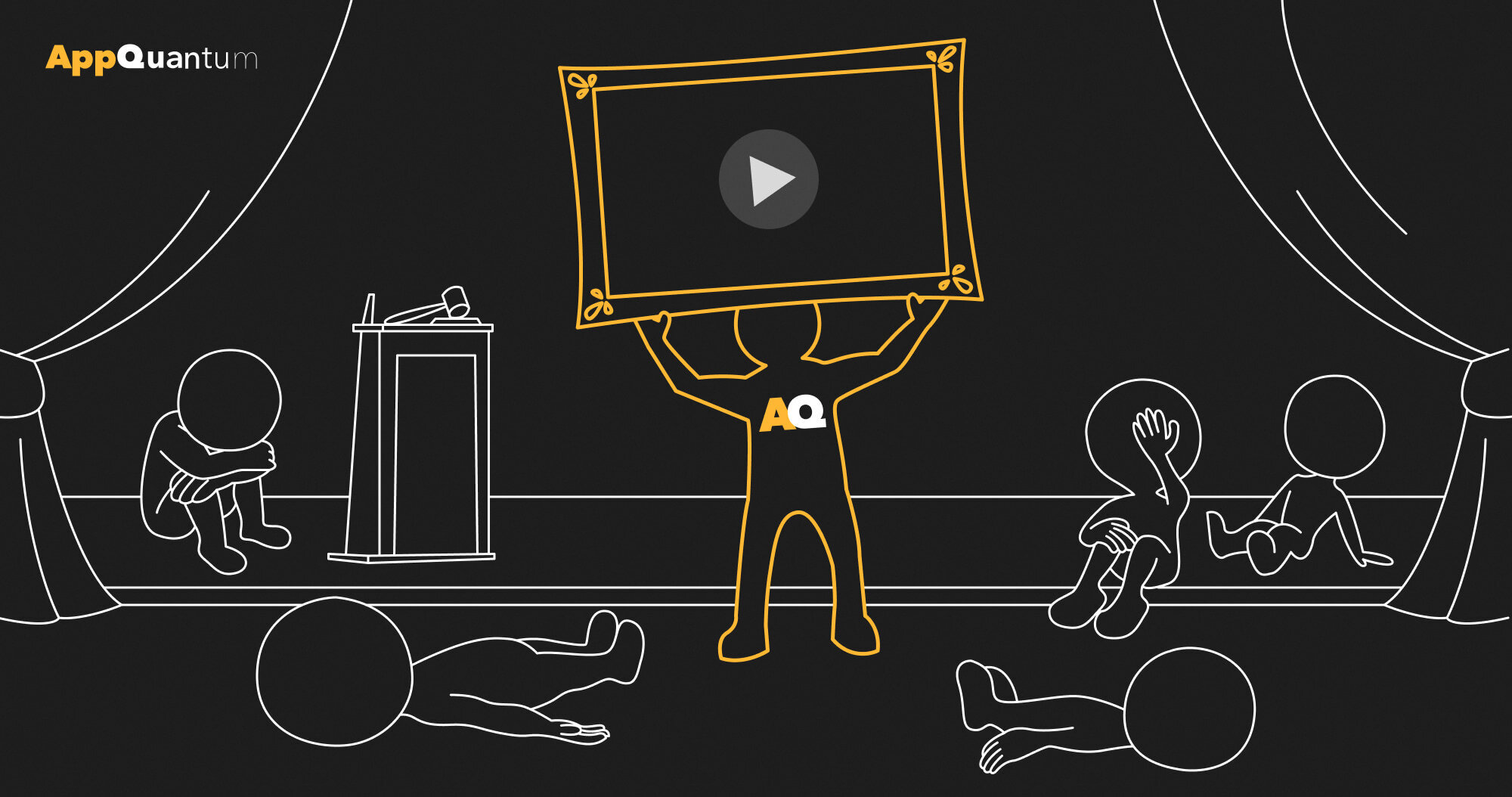 In short, in a waterfall, which usually consists of 25 positions, networks buy users for the price set by ad monetisation managers. However, with hybrid waterfalls, the networks themselves set the price and then send it down the waterfall. If the price turns out to be the highest one, the bidding network takes the impression. Unfortunately, the non-bidding networks are often unable to mount enough competition, which leads to the final price being lower than what ad monetisation managers aim for. As a result, the mediation team loses, gaining smaller revenues. Considering the fact that bidding networks are spreading quickly, how can we continue to compete for impressions and make money?
In short, in a waterfall, which usually consists of 25 positions, networks buy users for the price set by ad monetisation managers. However, with hybrid waterfalls, the networks themselves set the price and then send it down the waterfall. If the price turns out to be the highest one, the bidding network takes the impression. Unfortunately, the non-bidding networks are often unable to mount enough competition, which leads to the final price being lower than what ad monetisation managers aim for. As a result, the mediation team loses, gaining smaller revenues. Considering the fact that bidding networks are spreading quickly, how can we continue to compete for impressions and make money?
Our team found two ways: Wild Opsm and network metrics, both custom-made. With them, the team determines the waterfall position the bidding network would be most interested in. Then ad monetisation managers introduce their own position between corresponding values and the network has to go higher up the waterfall to find other options. This is just one part of AppQuantum’s work with networks; the rest we can’t disclose. But we can say with certainty that thanks to our ad monetisation managers, the company is quickly developing its own services that allow it to make money even in places where mediation, seemingly, can’t beat the bidding network.
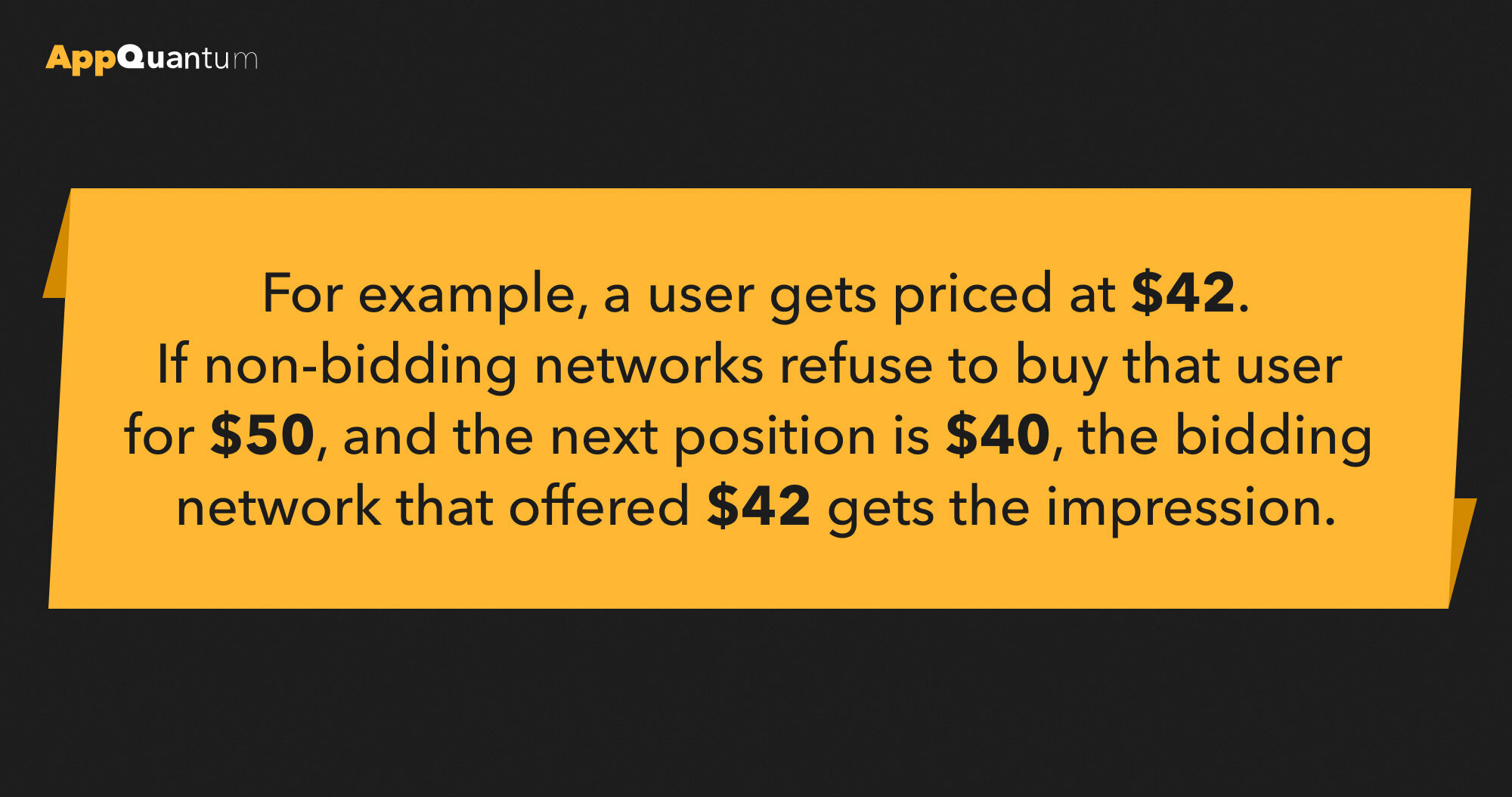
A/B testing challenges and how to overcome them
Of course, it doesn’t always go smoothly. Before Wild Opsm, the team used a different, publicly-available solution. Despite how well it segmented traffic, it sometimes couldn’t do the job properly. Let’s say, the team needs to do a test and see which group performs better. They look at the measure of inaccuracy the traffic got segmented with: 5 per cent is within the norm, but 10-20 per cent is a red flag. If you see such a high percentage, the inaccuracy can’t be adjusted for and you have to run the test again. One of the ways to solve this is to shut the test down, reset control and test groups and then start again. Does it always work? Honestly, no. But sometimes it helps. The important thing is to spot the high percentage early.
There was also an issue with Wild Opsm early in its testing. One of its problems didn’t allow us to perform basic processes for four months. We had to fix some problems in tests automatically through the service itself, rather than manually. But in the end we got it to work properly.
Curiously, looking at tests too often can make things worse. There’s the “peeking problem” in A/B testing and analytics. Ad monetisation managers wait for enough data to collect before they look at the results. But if you look too early, you can see the results are low, think there’s not enough information and then repeat the process for the next few days. In reality, if you see low results on day one, you can shut it down. However, people want to see positive results of their actions, so it’s very difficult to accept the negative outcome.
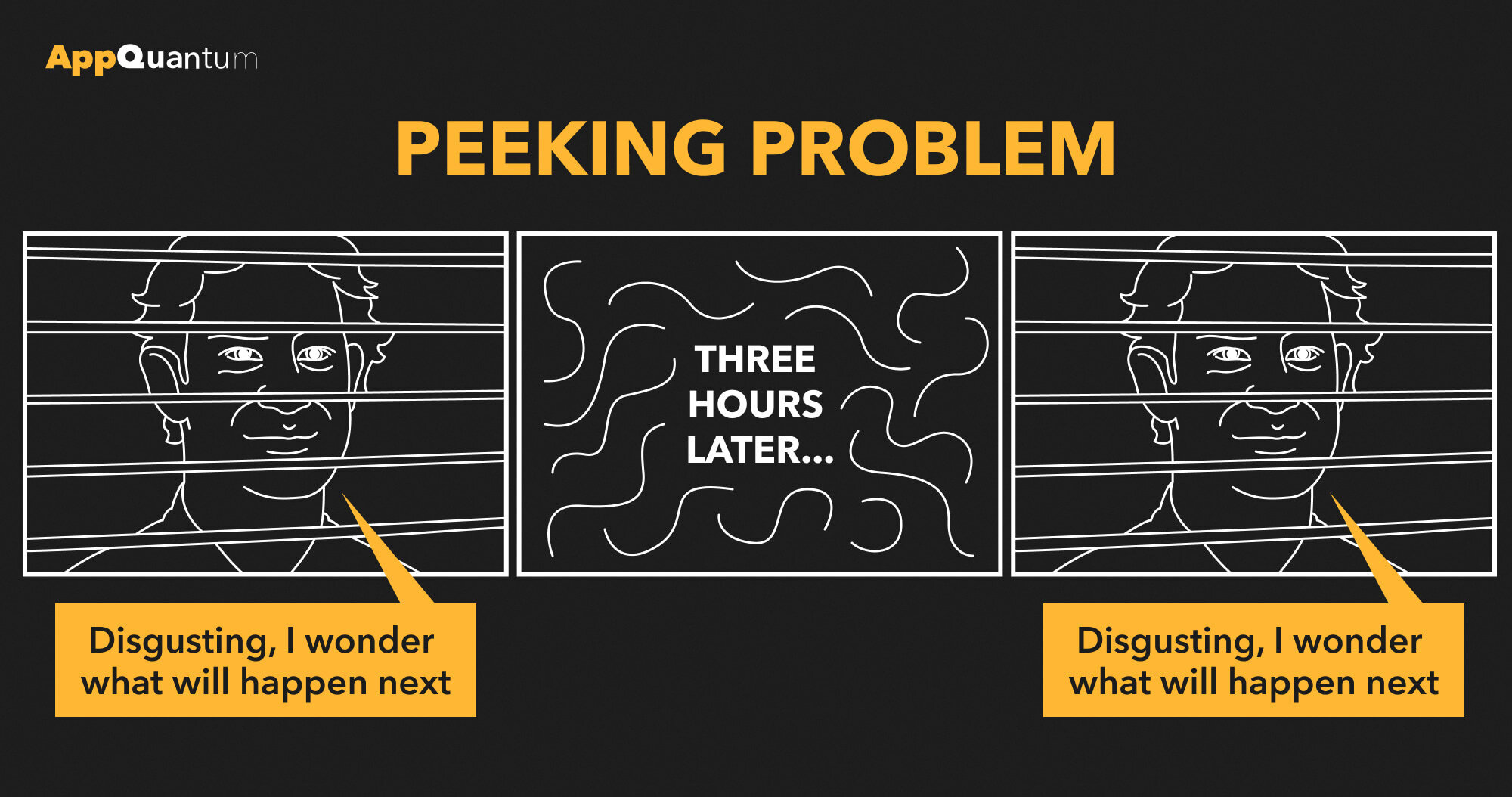 It’s not that simple, however. Waterfalls working with high-traffic countries will gather data quickly, unlike the smaller ones where there are fewer users. For instance, one waterfall will get 100,000 impressions in a day, while the other will only get 1,000. Here, the ad monetisation managers have to decide themselves when to look at a test to evaluate the situation. In essence it’s simple: the bigger the country, the faster you’ll gather enough data. But nothing is ever certain in mediation – every test and every waterfall is unique and necessitates a custom approach.
It’s not that simple, however. Waterfalls working with high-traffic countries will gather data quickly, unlike the smaller ones where there are fewer users. For instance, one waterfall will get 100,000 impressions in a day, while the other will only get 1,000. Here, the ad monetisation managers have to decide themselves when to look at a test to evaluate the situation. In essence it’s simple: the bigger the country, the faster you’ll gather enough data. But nothing is ever certain in mediation – every test and every waterfall is unique and necessitates a custom approach.
In mediation, success depends not only on the ad monetisation managers and their ideas, which they execute regularly. The team also needs to communicate with the marketing department. They are the ones buying the traffic, choosing what, how much, when and how to buy. Proper communication between these departments ensures revenue increases for your company. The thing is, ad monetisation managers have to reset the waterfalls for every major change in purchased traffic. For example, marketing used to only buy US users, and now they started acquiring them from Brazil. If mediation is not informed in advance, or at least immediately after the purchase, the team won’t have enough time to adjust the waterfalls and will start losing profits. For every change in purchasing there’s data to collect, tests to run, decisions to be made regarding tactics going forward. Without getting the traffic information in time, ad monetisation managers will lose large amounts of money. Pay special attention to inter-department communication as it will help you optimise internal processes and minimise financial loss.
Gold & Goblins audience segmentation secrets
Let’s now talk about practical use of mediation using one of our hit games – Gold & Goblins – as an example. Part of what helped us achieve great results was the ad monetisation managers team. They developed a custom approach towards audience segmentation, which allowed us to sell the most relevant users to specific ad networks. Of course, we could still use the classic method, dividing the audience by country. However, we would like our partners’ games to make progressively more money for them. That’s why ad monetisation managers select a specific approach for every game.
Before we begin dividing the audience in detail, we need to acquire a certain number of users and impressions, so at first, only geo-based segmentation is used for new projects. After we collect and analyse the data, ad monetisation managers separate the largest countries, with the majority of the audience, such as the US or India. For them, we create separate waterfalls with suitable networks. However, in those countries, there can be both fairly expensive users, as well as those who pay less, so we also divide the audience by its value.
This helps us increase the competition between advertising and bidding networks and sell users at higher prices. Thus, segmentation helped us increase AppQuantum’s revenue and profit for each user, which is what we see in the case of Gold & Goblins. Of course, not all projects need more detailed segmentation. Smaller games and projects in testing will do fine with geo alone.
Our mediation team achieved success quickly with Gold & Goblins, but not immediately. First, the DAU (Daily Average User) and ad impression numbers rose, the audience became more diverse. At this stage, the ad monetisation managers implemented segmentation based on user value and ran a lot of tests to fine-tune this approach. Unfortunately, technical issues were discovered in the process, which didn’t let our internal segmentation service and its analytics database work properly. The team spent 2-3 months fixing all that. Afterwards, however, ad monetisation managers saw that CPM and revenue per user that watched the ad both increased: by 14-20 per cent and 12-20 per cent respectively.
So we’ve already divided the audience by country and value, but that’s not enough. Sometimes you can’t put a user into the right waterfall, or some limitations from networks are in place (long waiting times, technical issues, etc). There will always be situations outside our control, but the processes we can influence, the mediation team continues to improve.
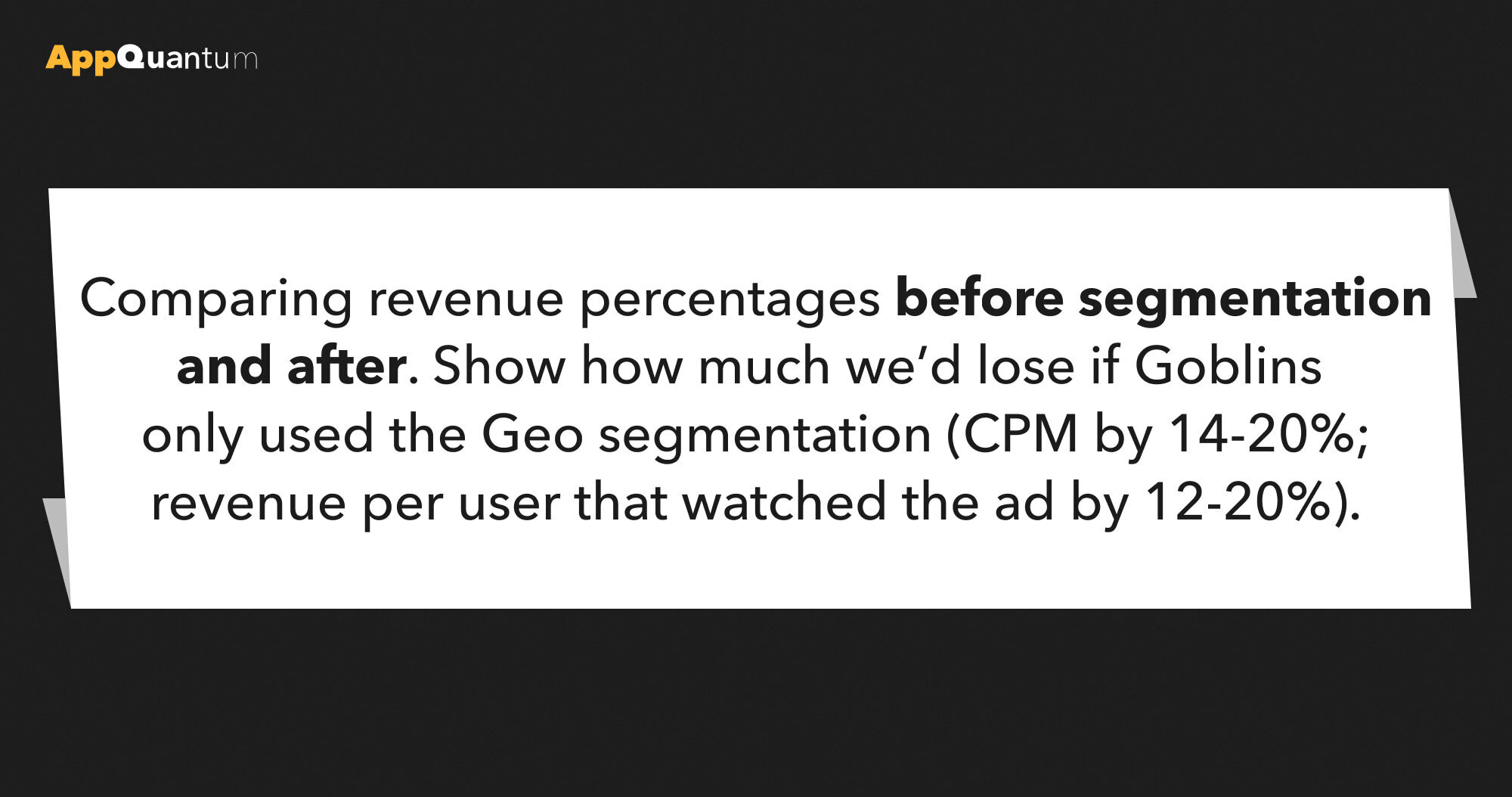 Fact: the more users you have, the more diverse your audience will be (by gender, age, paying ability, etc). However, there is some nuance to this. If you buy traffic for 1 billion people in India, you won’t get a lot of benefit out of it. In AppQuantum 42.5 per cent of the audience is in Tier-1 countries, another 4.8 per cent from Korea and Japan. We know precisely who our users are and how to work with them. The ceiling in our waterfalls lately has risen to $800 per 1,000 impressions.
Fact: the more users you have, the more diverse your audience will be (by gender, age, paying ability, etc). However, there is some nuance to this. If you buy traffic for 1 billion people in India, you won’t get a lot of benefit out of it. In AppQuantum 42.5 per cent of the audience is in Tier-1 countries, another 4.8 per cent from Korea and Japan. We know precisely who our users are and how to work with them. The ceiling in our waterfalls lately has risen to $800 per 1,000 impressions.
Unfortunately, soon all ad networks will likely switch to bidding. Until then we try to make as much money as possible, competing for impressions in hybrid waterfalls and segmenting our audience more and more. AppQuantum’s expertise at mediation is at a high level at all times and even bidding networks will not make us back down. We offer advertisers the users they look for and give them access to audiences among which potential consumers will see their products. See for yourself how.

















